Smart homes and home automation are a big deal these days. The things you can do using an Alexa, or a Google Home really are quite remarkable – put on the lights, get the music playing, fire up the coffee machine, optimize the temperature. See who is at the door or in the house, from anywhere in the world. Then, unlock the doors and open the window shades if it’s someone you want to let in.
With homeowners introducing smart homes technology at a rapid rate (the market was worth US$76.62 billion in 2018 and is expected to reach US$151.38 billion by 2024), here’s a question for you: How smart are your windows and doors? There’s a corollary too. With the expected growth, how smart should your windows and doors be?
Smart Homes Technology
While you think on that for a moment, there’s a good overview of just what smart homes technology is over at CNET. It covers a selection of devices within The Internet of Things which is fast becoming a key component to our global smart homes.
Where it does get interesting for us, though, is in things like smart door locks and windows which can electronically dim themselves at the click of an electronic button, generally on someone’s smartphone.
These developments are well worth putting on your radar. In fact, a lot of fenestration players are doing just that, as Double Glazing Blogger (DGB) seems to have made clear (this is a good blog, by the way, and worth putting on your reading list if it isn’t already). In a poll, DGB found that 43 percent of us think the industry is ready for smart technology.
Integrating smart technologies
There’s another vote ‘for’, too. It’s no secret that modern logistical capabilities make low-cost production super simple for manufacturers outside of your home territory, notwithstanding any protectionist mechanisms. The globalized nature of just about any and all business today means a relentless drive towards commoditization. And it is hard to make a decent margin on something someone else is selling for less.
Introducing and integrating smart technology into your products, therefore, is an opportunity to stand out from the crowd. It’s a potential window of opportunity for the delivery of solutions rather than ‘just’ windows or doors. Solutions add more value and therefore can command a premium in terms of margin.
So, there is that. However, there is also a requirement for caution if not trepidation. The hard numbers on overall growth in the market for smart home gadgetry only tell part of the story.
Worth noting, too, are potential votes ‘against’; there doesn’t seem to be an abundance of examples of smart glass in use today, certainly not in the home market. Smart locks, as noted by DGB, are just really starting out.
Searching for smart windows and doors actually in use today turns up mostly stale information, like the revolutionary Samsung windowpane which connects to the Internet (circa 2012).
Then there’s View, Inc. In business since 2007 and producing smart windows which are controllable from a smartphone app (letting in more light, or less light.) The company has recently attracted over a billion dollars in new investment from Softbank. Chances are that while it hasn’t made money in more than a decade, View, Inc. is on to something.
Whatever your particular take on smart technology in windows and doors, it’s worth being aware of what’s happening in this area. There may well be threats to your business on the one hand. There may also be opportunities on the other. Either way, at Soft Tech, we’re here to help optimize your operations, including tooling up for the creation of any new products your customers might demand. Get in touch with us at [email protected].
